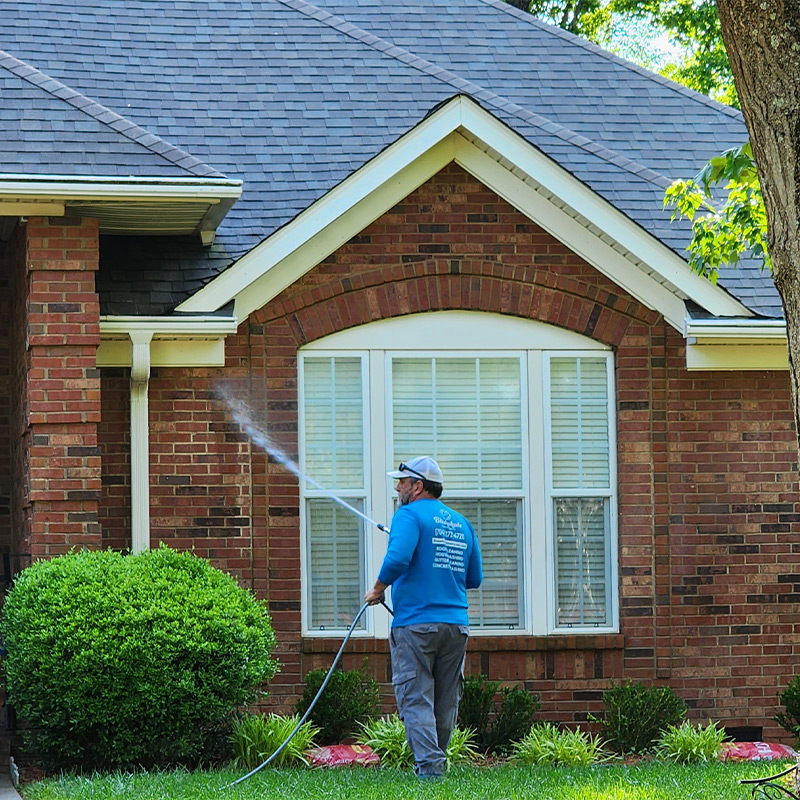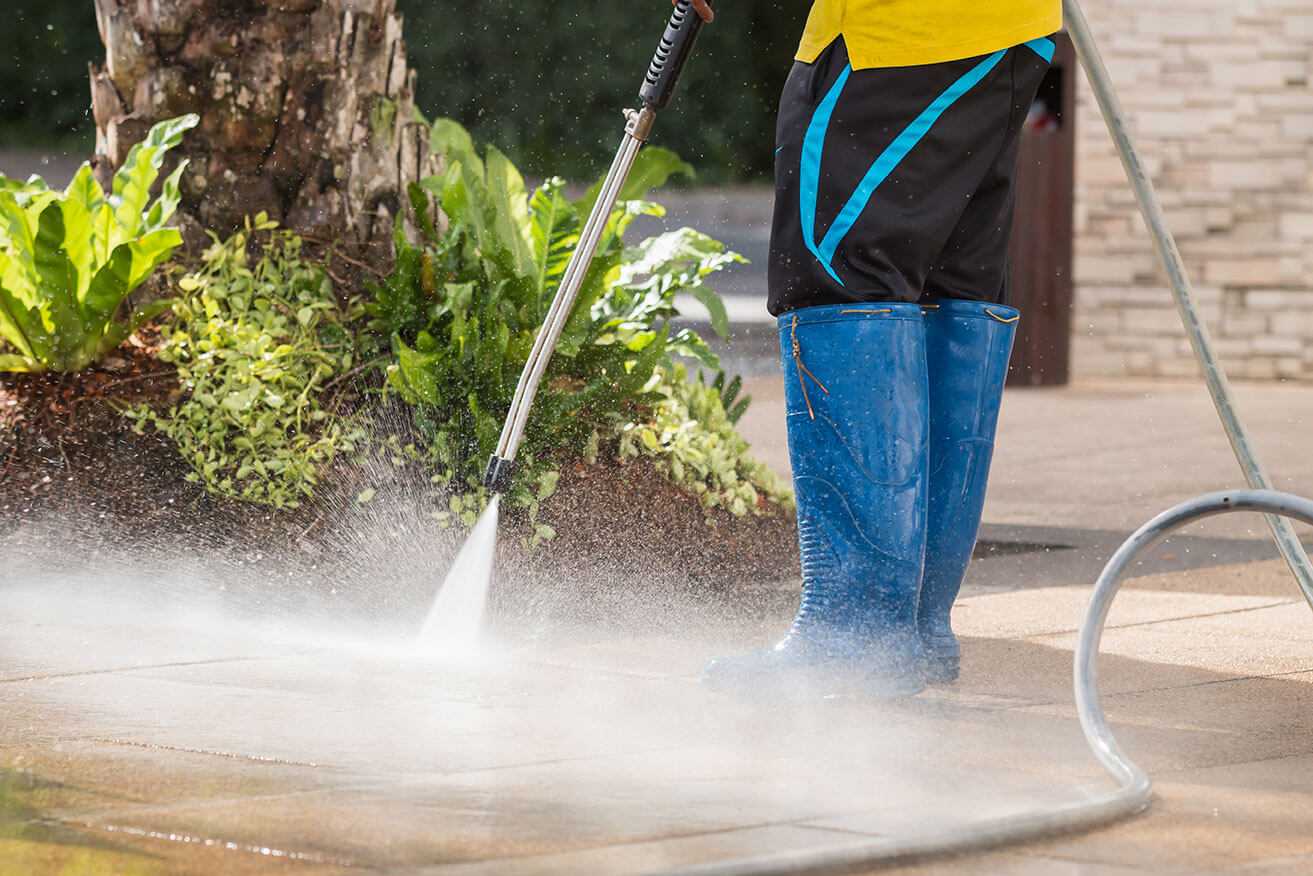Efficient Techniques for Graffiti Elimination That Bring Back Surface Areas to Their Initial State
The difficulty of graffiti removal is complex, calling for an understanding of numerous graffiti types and the most reliable strategies for repair. From chemical remedies that provide to specific paint compositions to press washing techniques that preserve the honesty of surfaces, each method has its values.
Comprehending Graffiti Kind
Recognizing the diverse kinds of graffiti is vital for reliable removal methods. Graffiti can be extensively classified right into several types, each needing different techniques for elimination.
Throw-ups are much more complex and typically involve larger, bubble-like text loaded with a single color. These pieces can cover much more location and may necessitate different elimination strategies contrasted to tags. Murals, on the other hand, are elaborate artworks that can be fairly large and comprehensive, typically appointed or developed with approval. The elimination of murals presents distinct difficulties because of the capacity for damages to the underlying surface area and the creative worth.
Understanding these differences is critical for choosing the right methods and products for reliable graffiti elimination. Each type not only varies in its aesthetic effect however additionally in the methods that will be most reliable in bring back surfaces to their initial condition.
Chemical Removal Methods
When taking on graffiti removal, chemical approaches are often the most efficient and efficient method for various surfaces. These approaches use specialized formulations made to damage down the chemical bonds in graffiti, making it less complicated to eliminate without damaging the underlying product.

It is vital to select a chemical eliminator that works with the surface being dealt with to stop damage. Testing the item on a tiny, low-profile area prior to prevalent application is advisable. In addition, appropriate protective devices, such as handwear covers and masks, need to be used to ensure safety and security throughout the removal procedure.
When the graffiti has been dissolved, it is critical to completely wash the surface area to eliminate any chemical deposit, which can result in discoloration or destruction gradually (Graffiti Removal in Euclid). In general, chemical elimination methods provide a powerful option for restoring surface areas to their original state while reducing prospective harm
Stress Washing Strategies
While chemical removal methods are extremely reliable, stress washing offers an alternative method for graffiti elimination that can be just as efficient, specifically on durable surfaces. This method uses high-pressure water jets to remove and get rid of graffiti from various materials, such as concrete, brick, and useful content metal.
The performance of pressure cleaning rest on a number of variables, consisting of the pressure setup, nozzle kind, and the range where the water is used. Usually, a stress range of 2,000 to 3,000 PSI is recommended for many surface areas, yet adjustments might be necessary depending on the substrate's sensitivity. Using a fan spray nozzle can help cover larger locations successfully while decreasing the threat of harming the underlying product.
Prior to pressure cleaning, it is important to analyze the graffiti's make-up. In general, pressure washing is an effective device in the graffiti elimination toolbox.

Eco-Friendly Solutions
Numerous people and companies are significantly looking for environment-friendly options for graffiti removal, recognizing the significance of reducing ecological influence. Typical graffiti elimination methods commonly involve extreme chemicals that can be unsafe to both the atmosphere and public wellness. In contrast, green remedies use naturally degradable and safe materials that successfully remove graffiti without triggering damage to surface areas or releasing hazardous substances right into the environment.
One effective technique is the use of natural solvents, such as citrus-based cleansers, which harness the power of plant-derived components to break down paint without leaving toxic residues. In addition, baking soda and vinegar mixes can act as gentle abrasives that raise graffiti while being safe for the environment.
An additional innovative strategy is employing eco-friendly stress washing systems that make use of less water and power compared to standard methods. These systems often integrate specialized nozzles and eco-conscious cleaning agents that improve efficacy while lowering waste.
Preventative Measures
Preventative procedures play an important function in combating graffiti criminal damage and reducing its event. By implementing calculated methods, homeowner and areas can deter possible transgressors and decrease the costs associated with graffiti removal.
One efficient strategy is the use try this out of anti-graffiti layers, which create a safety layer on surfaces, making it challenging for paint to adhere. These finishes can be tinted or clear, enabling the initial visual to stay undamaged while supplying a guard versus criminal damage. Additionally, the installment of surveillance cams in risky locations can function as a deterrent, as the presence of monitoring technology might prevent potential transgressors.
Neighborhood interaction is additionally important; organizing neighborhood watch programs or graffiti clean-up events fosters a sense of ownership and pride amongst homeowners. Educational campaigns in colleges can raise awareness about the adverse influences of graffiti, promoting regard for exclusive and public residential or commercial property.
Conclusion
In final thought, the efficient removal of graffiti needs a multifaceted technique that considers the kind of graffiti and the surface product. A comprehensive understanding of these approaches is crucial for attaining optimal outcomes in graffiti elimination endeavors.
